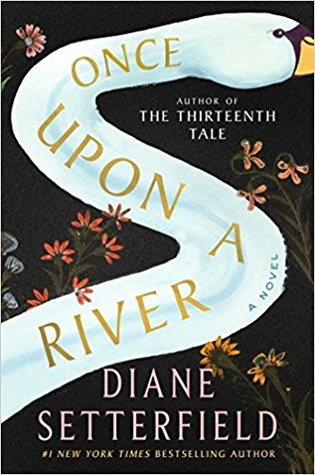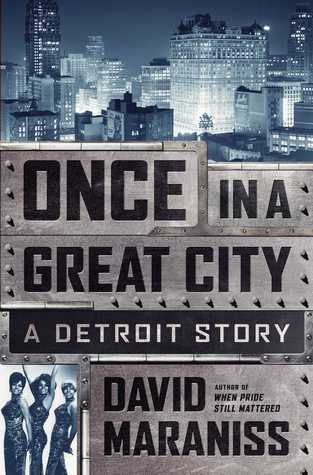The Family Tabor Cherise Wolas (2018)
Harry Tabor, the current patriarch of the Tabor family, hears a voice. It might be his conscience speaking to him, commenting on long-repressed memories. It might be God calling him to account for his life. It might be an ancestor speaking from the grave, or maybe it’s dementia.
Harry is 70 years old and about to be crowned Man of the Decade by the good people of Palm Springs, where he has long resided with his adored and adoring wife, Roma, doing the philanthropic work of resettling Jewish refugees from around the world. As the novel begins, Harry is at the top of his game, feeling healthy, proud, and deserving of all the praise that is being heaped upon him. Then that voice comes, on the very day of the Man of the Decade presentation event, which will be attended by 800 people decked out in their best. Harry was brought up as a Jew, but throughout his adult life he’s embraced the cultural aspects of Judaism more than the spiritual. Sure, he and Roma attend synagogue for the High Holy Days, but Harry doesn’t really buy into the concept of a deity and doesn’t, for example, truly repent his sins.
All that is about to change, and Harry’s seemingly perfect family life is about to explode also. Harry and Roma’s three adult children are traveling to Palm Springs to celebrate with their father, and the novelist takes us into each of their lives, revealing disturbing problems. Meanwhile, Roma, who is a child psychologist, is struggling with a particularly difficult case. Can Roma help her own children face their demons? Can a return to heartfelt religious observance heal these wounded people? Or can they at least embrace honesty in their relationships?
Novelist Cherise Wolas is only moderately successful in crafting the story of the Tabors. Some of the characters’ interactions feel forced, and the wrap-up of the book is abrupt and awkward. But Wolas deserves to be commended for tackling an exploration of the role of the spiritual in twenty-first-century life. Full-scale adherence to the rules and rituals of a particular faith is an option, and although Judaism is the faith that Wolas presents in most detail, one character seems to be testing a return to the Roman Catholicism of her youth. Being part of a community whose members share values and support each other in worship and in daily life works for some people. For others, spiritual renewal might mean a commitment to complete honesty in personal and professional interactions. Honesty can serve as a foundation for building a moral code upon which to base a fulfilling life, with or without a component involving organized religion. Harry Tabor has been a generous man and has done great good works for decades, but the voice that speaks to him makes clear that Henry’s philanthropy isn’t enough. He needs to face some serious failures and betrayals that he’d rather forget.
The Family Tabor addresses tough moral and ethical questions in an era when the value of adherence to moral and ethical standards is being severely tested. If these issues concern you, take a look at what Cherise Wolas has to say.
























